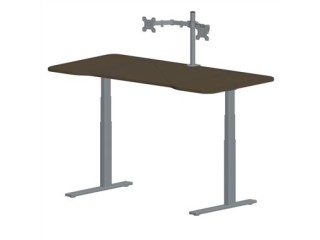When to use slip on flanges? Aziendale
2 years ago Industriale Agrigento 315 Visto Reference: 59Location: Agrigento
Prezzo: Contattaci
When to use slip on flanges?
Slip On Flanges are preferred by some contractors, over the Weld-neck, because of the lower initial cost. However, this may be offset by the added cost of the two fillet welds required for proper installation. The strength of the slip-on flange is ample for it’s rating, but its life under fatigue conditions is considered to be only one-third that of the weld-neck flange.
The slip on flange may be attached to the end of a piece of pipe or to one or more ends of a pipe fitting. The slip-on flange is positioned so the inserted end of the pipe or fitting is set back or short of the flange face by the thickness of the pipe wall plus 1/8 of an inch. This allows for a fillet weld inside the SO flange equal to the thickness of the pipe wall without doing any damage to the flange face. The back or outside of the flange is also welded with a fillet weld.
A variation of the Slip On flange also exists. This is the Slip-On Reducing Flange. This is simply a larger (say a 14″) Slip-On flange blank that, instead of the Center (pipe) hole being cut out (or drilled out) for 14″ pipe it is cut out for a 6″ (or some other size) pipe. The SO Reducing flange is basically used for reducing the line size where space limitations will not allow the length of a weld neck flange and reducer combination. The use of the Slip-On Reducing Flange should only be used where the flow direction is from the smaller size into the larger size.
Slip On flanges or SO flanges are commonly lower in price than weld-neck flanges, and to this effect are a popular choice for our customers.
It is welded both inside and out to provide suffcient strength and prevent leakage.
Slip-on flanges are all bored slightly larger than the O.D. of the pipe. They are preferred over welding neck flanges many users due to their lower intial cost, but final intallation cost is probably not much less than that of the welding neck flange because of the additional welding involved.
ADVANTAGES OF SLIP ON FLANGES:
Low cost installation
Less time needed to spent on ensuring the accuracy of the cut pipe
They are somewhat easier to align
The slip-on flanges have low hub because the pipe slips into the flange before welding
The flange is welded both inside and outside to provide sufficient strength
They prevent leakage
How does a WELDING NECK FLANGE work in the pipeline system?
As you know WELDING NECK FLANGES are one of the popular flange in the pipeline industries. As it have many advantages like:
1. Easy installing.
2. Not easy to change its shape.
3. High quality in sealing.
4. Wildly used.
The welding neck flanges are wildly used in Petroleum, Natural gas, Refineries, Petro-Chemical, Ship building & Paper making, Power project, Boiler fabrication etc.
Blind flanges have the face thickness of a flange, a matching face type, and similar bolting pattern. Blind flanges can also be used to seal a nozzle opening on a pressure vessel. Because it is bolted, the blind flange provides easy access to the interior of a vessel or pipe, unlike a cap that is welded. Figure 4.25 represents the drawing symbol for the blind flange.














